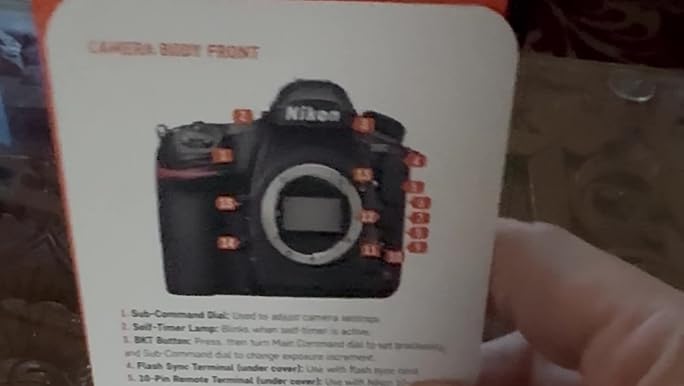Nikon D850 Guide

The frost clung to the lens like a persistent secret. I’d been battling the arctic chill and fickle light of the Norwegian fjords for a week, chasing the elusive Northern Lights. Armed with my trusty Nikon D850, I’d prepared meticulously. Yet, even with years of experience, I was struggling with a particular shot. Setting up for a long exposure, I fumbled with the ISO, wrestling with the menu, all the while knowing the magic was fleeting. That’s where a good guide comes in, friends.
See, mastering a camera like the D850 is a bit like learning a new language. You have the basic vocabulary of aperture, shutter speed, and ISO, but the nuances, the dialects of special features and custom settings, can leave you tongue-tied. This guide, this slim little book, feels less like a manual and more like a patient mentor. It’s the kind of resource that I wish I had on hand that frigid night in Norway.
The thing is, the D850 boasts a truly impressive autofocus system with 153 focus points. But utilizing all that power, particularly in tricky low-light situations, requires understanding how to customize your focus modes. This guide does a fine job of demystifying the whole process, walking you through the settings and explaining what the heck “Dynamic-area AF” actually does. It’s not just a dry recital of specs; it’s a practical breakdown tailored for photographers, from beginners to, well, seasoned veterans like myself.
I appreciate how clearly it explains the differences between the various metering modes – matrix, center-weighted, spot – and when to use each for optimal exposure. Honestly, even after years, I occasionally find myself forgetting the exact interplay of those three. The included illustrations are clear and concise, which is refreshing. (Let’s be honest, some manuals look like they were designed by someone who hates photographers.) It’s a definite improvement over the dense, overwhelming tome that Nikon provides out of the box.
Now, it’s not perfect. The guide doesn’t delve deeply into advanced post-processing techniques. But that’s a minor quibble. If you’re using this guide, you’re likely still getting familiar with the fundamentals, and a deep dive into Lightroom would only complicate things. Besides, you can always supplement it with online tutorials.
So, if you’re a new D850 owner feeling overwhelmed, or even a seasoned shooter wanting a quick refresher, grab this guide. It’s especially useful if you are planning a trip and need a quick reference for the camera. Trust me. You’ll thank yourself when you’re staring at the Aurora Borealis, eager to finally capture the moment. It’s a worthy investment. Go. Get shooting!